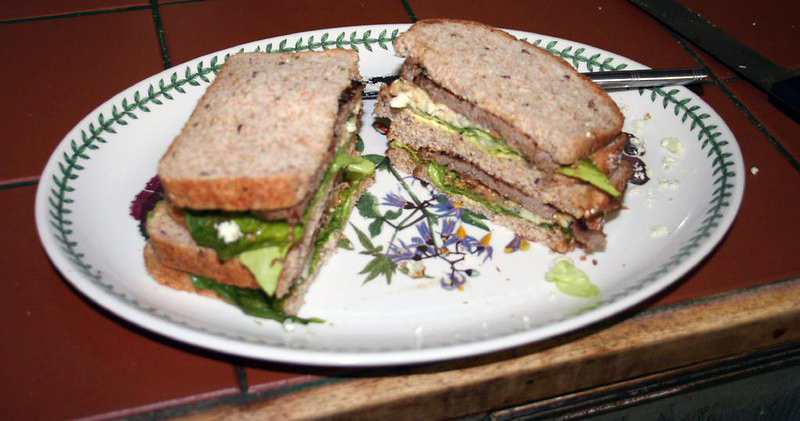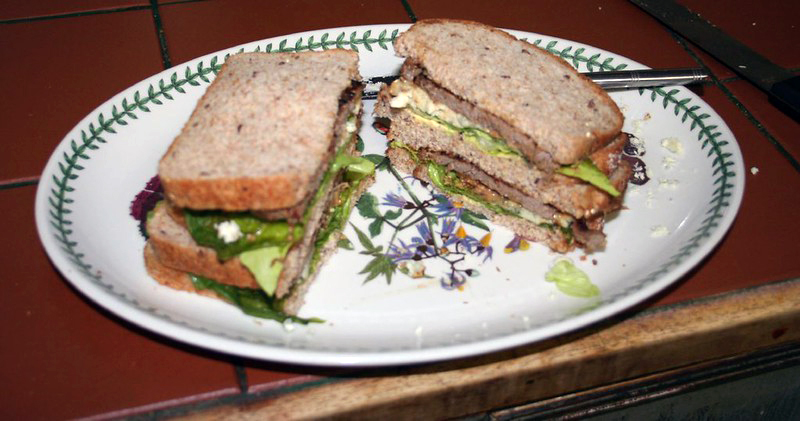Evaluation

“All the information contained in this section is for guidance only. Psious environments are therapy supporting tools that must be used by the healthcare professional within an evaluation and intervention process designed according to the characteristics and needs of the user.
Also remember that you have the General Clinical Guide in which you have more information on how to adapt psychological intervention techniques (exposure, systematic desensitization, cognitive restructuring, chip economy…) to Psious environments.”
Objectives
- Evaluate the concern for body image, eating habits, diet and physical exercise, the perception of one’s body figure, self-image and self-esteem.
- Evaluate the presence of altered eating behaviors (food restriction, binge eating, compensatory behavior…).
- Evaluate the presence of distorted thoughts in relation to food / body image.
- Evaluate possible comorbidities (depression, anxiety, self-injurious behavior, etc.).
- Define stimulation configurations feared by the patient and to what degree: Elaboration of the exposure hierarchy.
Some useful instruments for the Eating Behavior Disorders evaluation
Taking into account the objectives of the evaluation, we will list some tools and instruments that may be useful to obtain relevant information about the characteristics of your user. Remember that a good definition of objectives, characterization of the patient and planning of the intervention are important for the efficiency and therapeutic efficacy, as well as for the satisfaction of your patients. In the bibliography you will find the articles in which to review the characteristics of the instruments proposed below:
- Structured Clinical Interview for disorders of Axis I of the DSM-IV (First, Spitzer, Williams, Gibbon, 1997)
- Diagnostic Interview for Children and Adolescents (Shaffer, Fisher, Lucas, Dulcan, Schwab, 2000; Bravo et al, 2001; Ezpeleta L, et al., 1997)
Autoreports
Body Image
- Gardner’s Body Image Evaluation Scale (Gardner, Stark, Jackson, Friedman, 1999).
- (Body Weight, Image and Self-Esteem Evaluation Scale, B-WISE (Awad, Voruganti, 2004)..
- Body Attitude Test (BAT) (Probst, 1995; Gila, et al., 1999).
- Body Shape Questionnaire (BSQ) (Cooper, et al.,1988; Raich, et al., 1996).
- Body Image Avoidance Questionnaire (BIAQ) (Rosen, Srebrik, Saltzberg y Wendt, 1991)
Nuclear psychopathology: Common symptoms and behaviors in eating behavior disorders
- Eating Disorders Inventory -3 (EDI-3) (Garner, 2004).
- Eating Attitudes Test (EAT-40) (Garner and Garfinkel, 1979; Castro, Toro, Salmero, Guimera, 1991).
- Eating Disorders Exam – Questionnaire (EDE-Q) (Fairburn & Beglin, 1994; Elder y Grilo, 2007).
- Edinburgh Bulimia Test (BITE) (Henderson and Freeman, 1987).
- Bulimia Test (BULIT) (Smith and Thelen, 1984; Vázquez-Morejón et aL, 2007).
Desire / impulse towards food
- State and Trait Food Cravings Questionnaires (FCQ-S, FCQ-T)(Cepeda et al, 2000).
Motivation for the treatment
- Attitudes Questionnaire against Change in Eating Disorders (ACTA) (Beato Fernández, Rodríguez Cano, 2003).










